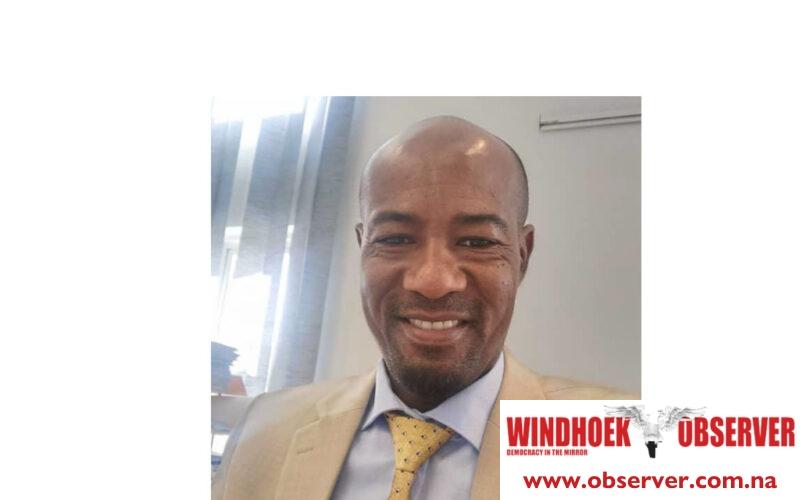Martin Endjala
Omake Charity Board Chairperson, Eddy Kgobetsi, says that Namibians need to create a culture of self-sufficiency to navigate the scourge of the inflation rate.
He was responding to the current repo rate which stands at 7.75 percent, and it is anticipated to remain unchanged, following South African Reserve Bank (SARB) decision to maintain the repo rate at 8.25 percent at its meeting last month.
Bank of Namibia (BoN) Monetary Policy Committee is expected to announce the repo rate on 17 April.
Kgobetsi said it’s worrisome that there are no indications of the repo rate declining anytime soon, given that inflation rates keep fluctuating, particularly in the United States of America, Asia and the ongoing war between Russia and Ukraine.
“Should the repo rate increase, this means tougher times for communities, lending rates will increase, and access to loans will become more challenging to ordinary citizens. Prices of consumables will increase, meaning disposable spending money will reduce,” said Kgobetsi.
He explained that Namibians will buy fewer groceries and potential sponsors will close their doors to charities, who look after vulnerable groups in various communities across the country.
He called on Namibians to start up their backyard gardens to produce fruits and vegetables and sell for extra money.
Meanwhile, Economist Ruusa Nandago, said she expects the repo rate to remain the same until the cutting cycle in South Africa begins in the second half of 2024.
“We do not expect the repo rate cuts as of yet, BoN may be weary of capital flows that could ensue if the differential is widened by more than 50 basis points.
We believe the repo rate has likely reached its peak at 7.75 percent. Our base case scenario anticipates that BoN will maintain the 50bps differential with South Africa until the SARB initiates rate cuts. Consequently, under this scenario, Namibia’s cutting cycle would commence in December 2024 with a 25bps cut,” she said.
She said this follows BoN’s previous observations of higher-than-expected domestic growth throughout 2023, coinciding with a moderation in both global and domestic inflationary pressures.
However, she indicated that Private Sector Credit Extension remains sluggish, declining from 2.4 percent in January to 1.7 percent in February, reflecting subdued credit demand from both households and businesses.




